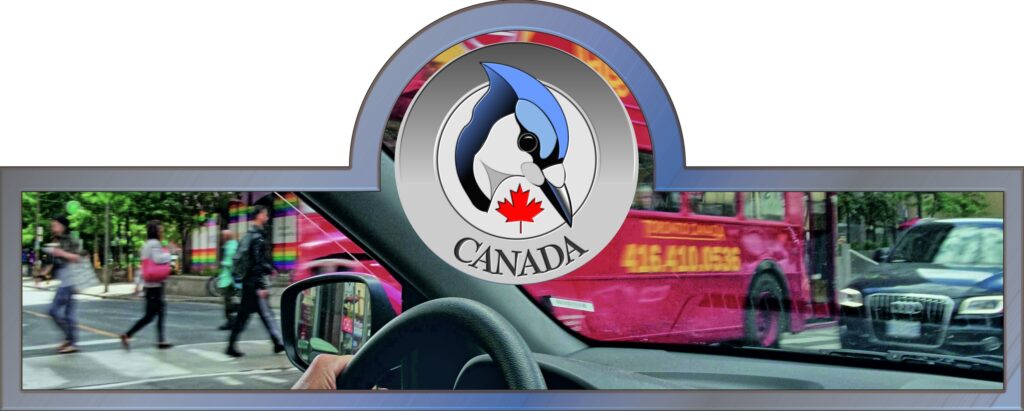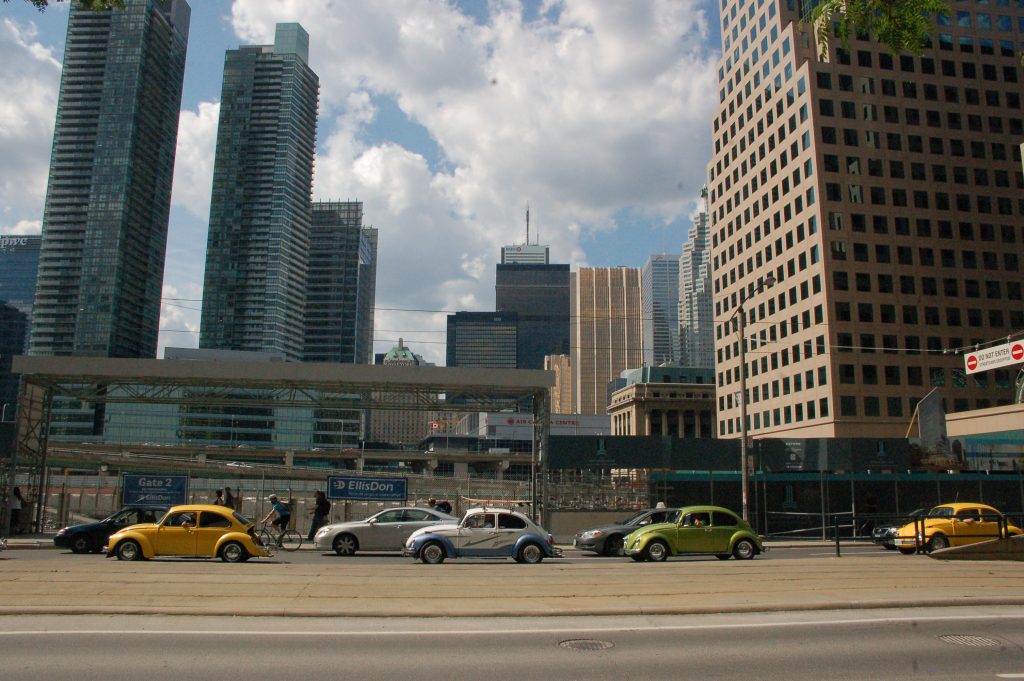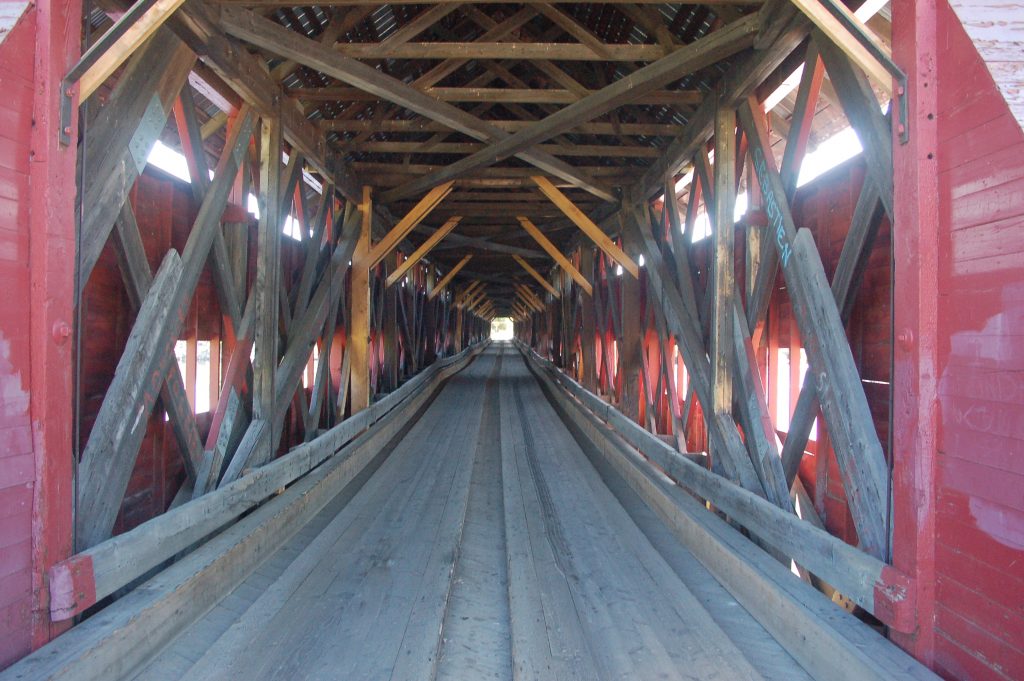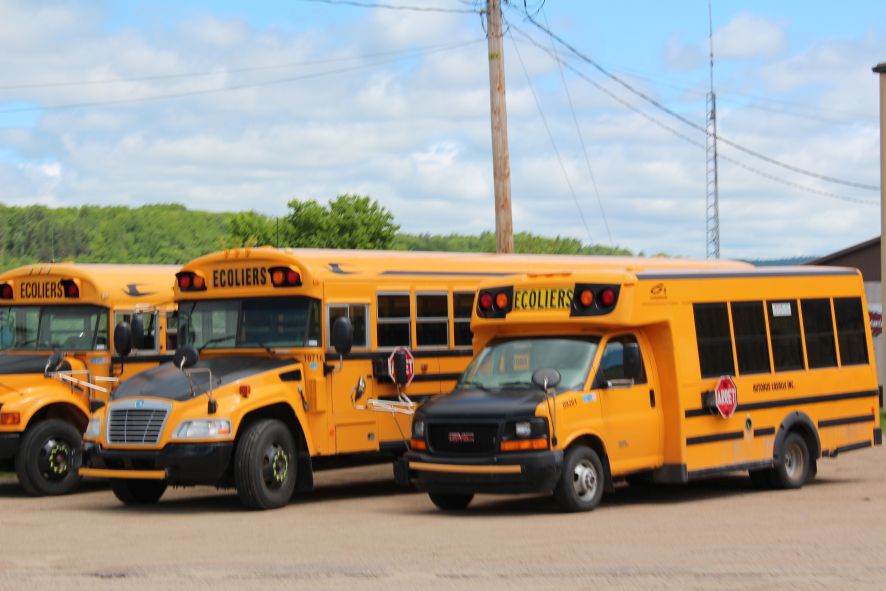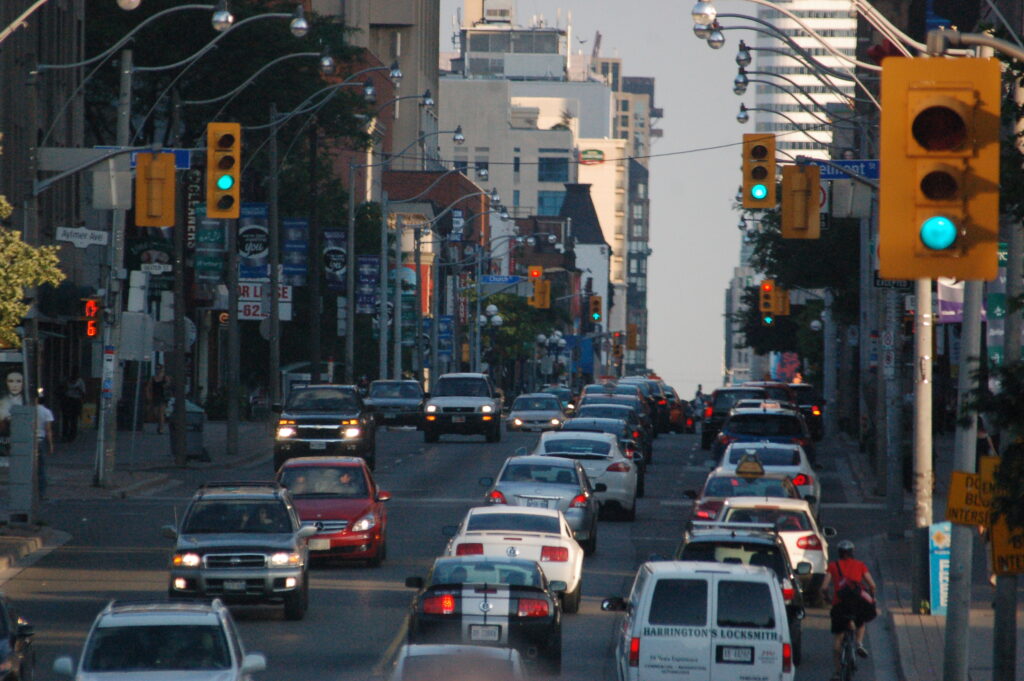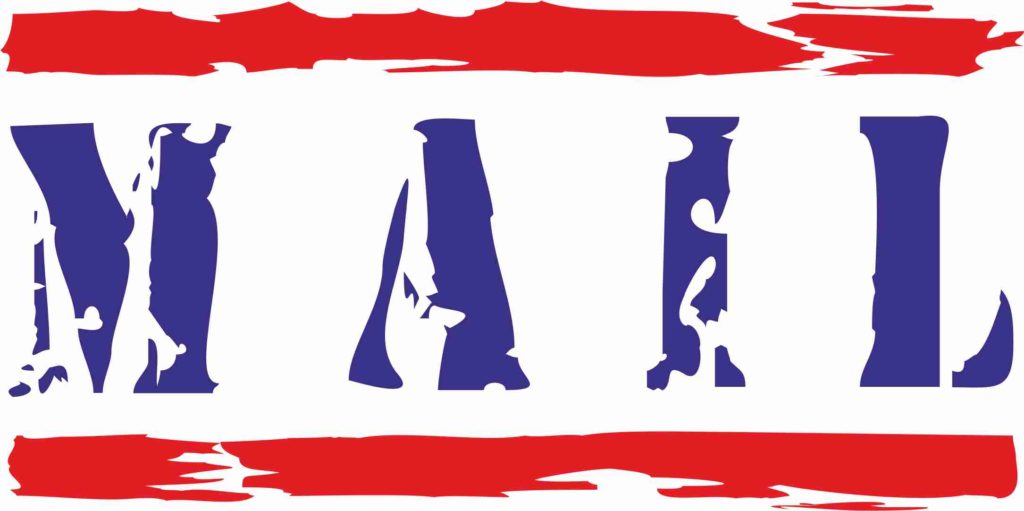Relaxed driving in Canada
In general, driving in Canada is more relaxed, slower and less hectic. It is also more considerate of pedestrians than in Europe. The traffic regulations are essentially the same as in Europe. It is driven on the right and all distances are given in kilometres.
In some provinces (e.g. Ontario) it is allowed to turn right even at red lights, as long as the road is clear. This is not an obligation, but an option. If drivers in front of you prefer not to turn right at red lights, this is perfectly fine. Never bother them with honking or gesturing. Fastening your seat belt is mandatory. Alcohol may not be transported in the passenger compartment and must be stowed in the trunk. Driving a car under the influence of alcohol in Canada is generally illegal.
Important when driving in Canada
- It is not usual to change lanes frequently, although overtaking on the right is permitted.
- Every lane change must be clearly indicated.
- Overtaking is generally prohibited at unclear points, crossings, level crossings, bends and hilltops.
- In urban areas there are often extra lanes for buses on the highways. Vehicles with more than one or two people may sometimes use these lanes. This will be clearly indicated by signs.
- On the highways the maximum speed is usually 100 km/h. The claimed toleration of speeds up to 120 km/h should be considered with extreme caution. On country roads the maximum speed is 80 km/h and in towns 50 km/h, and they are often checked. Other regulations are indicated by signs. “price lists” for speeding violations are often shown on large signs at the roadside. ATTENTION: oncoming police vehicles also measure speeds. There are also more and more civilian police vehicles on the road.
- All speed limits are clearly marked.
- In the area of traffic lights, as well as 15 m in front of and behind level crossings and in front of hydrants, there is an absolute stopping ban.
- School buses with red flashing warning lights may not be driven past in any direction. Do not make any attempt to do so, as you will be in big trouble.
- On multi-lane motorways, the right-hand lane is often, and sometimes quite abruptly, designated as the right-turning lane.
- On two-lane highways, passing lanes are installed at irregular intervals. Be very alert here: these passing lanes are sometimes marked quite abruptly as left-turn lanes.
- Traffic lights are always placed after the crossing.
- If not otherwise signposted or at junctions with stop signs, at intersections “first come, first served” applies, in contrast to the European well-known right of way. At stop signs with the addition “4 way” this also applies – but the vehicle must first be stopped completely.
- Telephoning at the wheel is prohibited.
- On parking lots one is very considerate towards pedestrians. Not like in Europe (except Netherlands ;-), where car drivers are constantly living in fear of losing fractions of seconds and warming up their tyres.
- Politeness and consideration are absolutely the daily commandment.
How to deal with police checks in Canada
In Canada, police persecutions take place in the same way as they are known from movies. The police car turns on its rotating red-blue lights and gets behind you. The short sound of the signal indicates clearly who is meant. After stopping, the police remain behind the stopped vehicle. Should you be stopped by the police despite all caution, please note the following:
Canadian police officers often operate alone. For this reason, they proceed to stopped vehicles with extreme caution and preparedness. DO NOT GET OUT OF YOUR VEHICLE. Turn off the engine and place your hands on the steering wheel. Do not search for papers etc. until the police officer is with you. It could be misunderstood as grabbing a weapon. Wait until the police officer approaches you and give friendly and clear answers to all questions.
Automobile associations in Canada
For members of European automobile clubs, the CAA (Canada Automobile Association) provides information and map material free of charge. Offices of the CAA can be found in all major cities.
Driving licence in Canada
The visitor’s national driving licence is accepted in most provinces for 90 days. It is questionable whether it is advisable to have an international driver’s license issued in the home town. In my opinion you can save yourself the costs. So far, in 25 years, no one has asked me about it. Neither the police nor car rental agents. Check with your local authorities.
